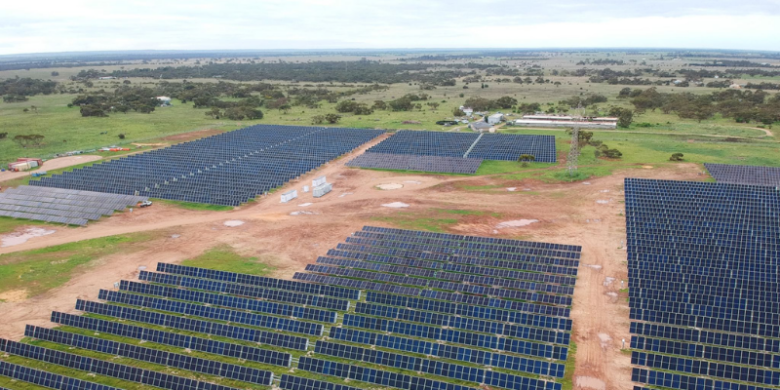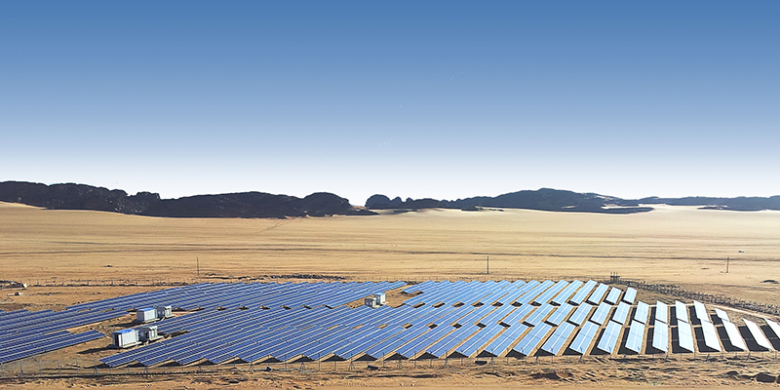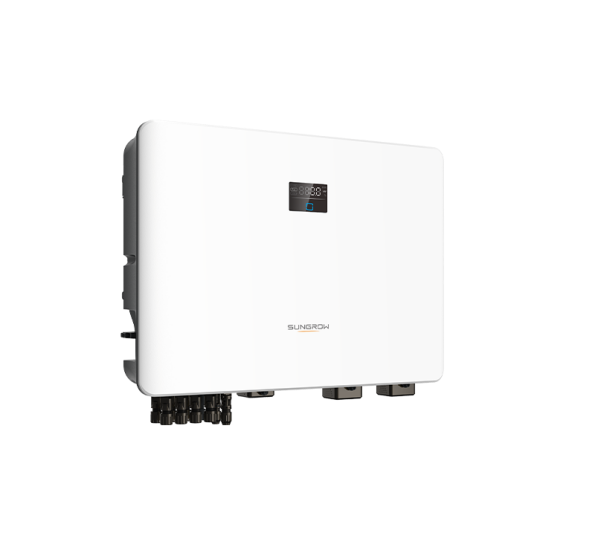Top 3 Benefits of Solar Inverters for Australian Homes
Australia is known for its abundant sunshine, making it the perfect natural setting for harnessing solar energy. With its vast landscapes bathed in sunlight, the adoption of solar technology has been rising across the country. In 2021, 29% of the country’s total electricity production was from renewable energy sources.[1] According to statistics, at the end of February 2023, 3.4 million[2] homes and small businesses enjoyed the advantages of rooftop solar across Australia, with 31.46% of all households in Australia using solar panels.
One of the key components of any solar energy system in Australian homes is the solar inverter. It is the main component that converts solar energy into AC power so homes can use it for several purposes. No wonder the Australian solar inverter market size is projected to surpass $884.5 million by 2024.[3]

Understanding A Solar Inverter
Among the many functions a solar inverter performs, here are the three essentials for you to understand the technology.
l Seamless Integration with Grid Power and Battery Storage
Solar inverters are a popular technology for integrating solar power into the grid and battery storage systems. These devices are the backbone of solar energy setups, as they convert direct current or DC electricity delivered by solar panels into alternating current or AC, which is the form of electricity used in our homes. This conversion process ensures that the electricity produced by solar panels can be effectively used to power our homes and also be sent back to the grid if there is excess energy.
l Ability to Convert and Store Solar Energy for Later Use
Another vital function of solar inverters is the feature to convert and store solar energy for later use. Solar panels make the most energy during daylight hours when the sun shines brightest. This surplus energy can be stored in batteries connected to the solar inverter for use during the night or on cloudy days, ensuring a continuous and reliable power supply.
l Enhanced Energy Monitoring and Control
Additionally, solar inverter technology offers enhanced energy monitoring and control. They provide homeowners with real-time data on their energy production and consumption. This information allows users to make informed decisions about their energy usage, identify areas where they can save energy, and optimize their solar system’s performance.
The 3 Benefits of Solar Inverters for Australian Homes
Among the many benefits a solar inverter provides, here are the top three you must know.

1. Simpler Installation, Monitoring, and Control
Solar inverters simplify the installation process of solar energy systems. They serve as the bridge between solar panels, batteries and the electrical grid, confirming that all components work together seamlessly. This simplification not only reduces installation time but also minimizes the need for complex wiring and additional equipment.
Furthermore, a single-phase inverter comes equipped with user-friendly interfaces that allow homeowners to easily monitor and control their solar systems. Whether through a mobile app or a web portal, users can track their energy production, view historical data and make adjustments to their system settings. This level of control empowers homeowners to manage their energy usage effectively, leading to increased energy efficiency.
2. Cost Savings and Energy Efficiency
Another compelling benefit of this technology for Australian homes is the potential for significant cost savings and increased energy efficiency. By converting sunlight into usable electricity and optimizing energy usage, solar inverters reduce reliance on the grid and lower electricity bills. In fact, many Australian homeowners experience a substantial decrease in their energy costs after installing them.
They also contribute to energy efficiency by guaranteeing that every bit of energy generated by solar panels is put to good use. Excess energy can be stored in batteries or sent back to the grid, providing additional savings and reducing wastage. This not only benefits homeowners but also promotes a more sustainable and eco-friendly energy ecosystem.
3. Modular Design for Upgrading and Space-Saving
They are designed with modularity in mind, making it easy to expand or upgrade your solar system as your energy needs change. If you decide to add more solar panels or batteries in the future, you can simply connect them to your existing solar inverter without the need for major overhauls. This flexibility allows homeowners to adapt their solar systems to evolving energy requirements without breaking the bank.
Additionally, they are typically compact and space-saving. They can be installed in small spaces, such as garages or utility rooms, without taking up much room. This space efficiency ensures that your solar system does not encroach on valuable living space while still delivering optimal performance.
Solar Inverter from Sungrow for Australian Homes
When it comes to selecting a solar inverter for your home, the Sungrow SH8.0/10RS residential hybrid single phase inverter offers incredible flexibility and functionality. With real-time data updates every 10 seconds and continuous 24/7 monitoring, the hybrid solar inverter ensures optimal performance, while its online IV curve scan and diagnostic capabilities streamline maintenance, making it a smart choice for homeowners. The advanced inverter seamlessly transitions to backup mode during power outages, ensuring an uninterrupted power supply. On top of that, it also facilitates fast charging and discharging, significantly enhancing the self-consumption of solar energy.

Moreover, the Sungrow solar inverter boasts an advanced energy management system for efficient energy utilization. Easy plug-and-play installation is provided by iSolarCloud monitoring through an app and web interface, providing real-time insights on the go.
Wrapping Up
Solar inverters are indispensable components of solar energy systems. With the right solar inverter, such as the one from Sungrow, Australian homeowners can utilize the sun’s energy to reduce their energy bills, minimize their environmental footprint and enjoy a brighter and more sustainable future.
Sungrow is a reputable brand known for its high-quality and efficient inverters with products specifically designed to meet the needs of Australian homeowners. Sungrow’s advanced technology integrates with the grid, battery storage and exceptional energy monitoring capabilities. With a Sungrow hybrid solar inverter, you can enjoy the full benefits of solar energy in a user-friendly and cost-effective package.
References
[1] Renewables. Available at: https://www.energy.gov.au/data/renewables (Accessed 28th September)
[2] AUSTRALIAN SOLAR ENERGY FACTS AND STATISTICS. Available at: https://solarcalculator.com.au/solar-energy-facts-and-statistics/ (Accessed 28th September)
[3] Australia Solar Inverter Market (2018-2024) | Share, Size, Growth, Trends, Revenue, Analysis, Forecast, Industry, Outlook & Value. Available at: https://www.6wresearch.com/industry-report/australia-solar-inverter-market-2018-2024-forecast-by-power-rating-type-applications-regions-competitive-landscape (Accessed 28th September)